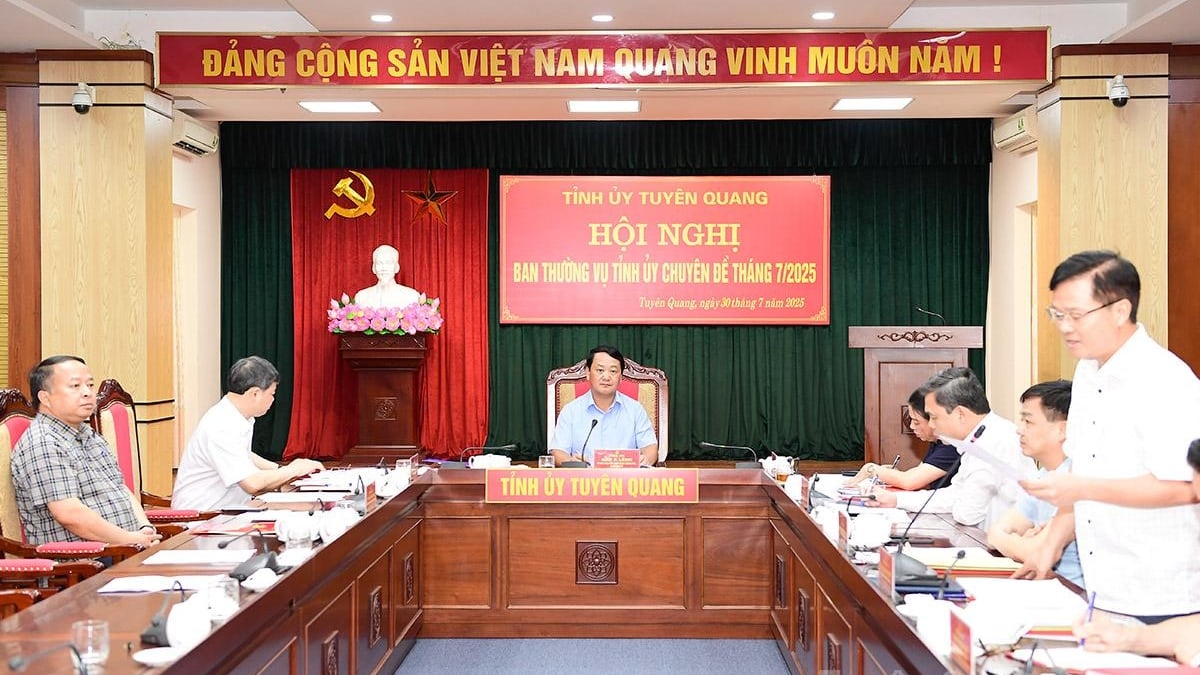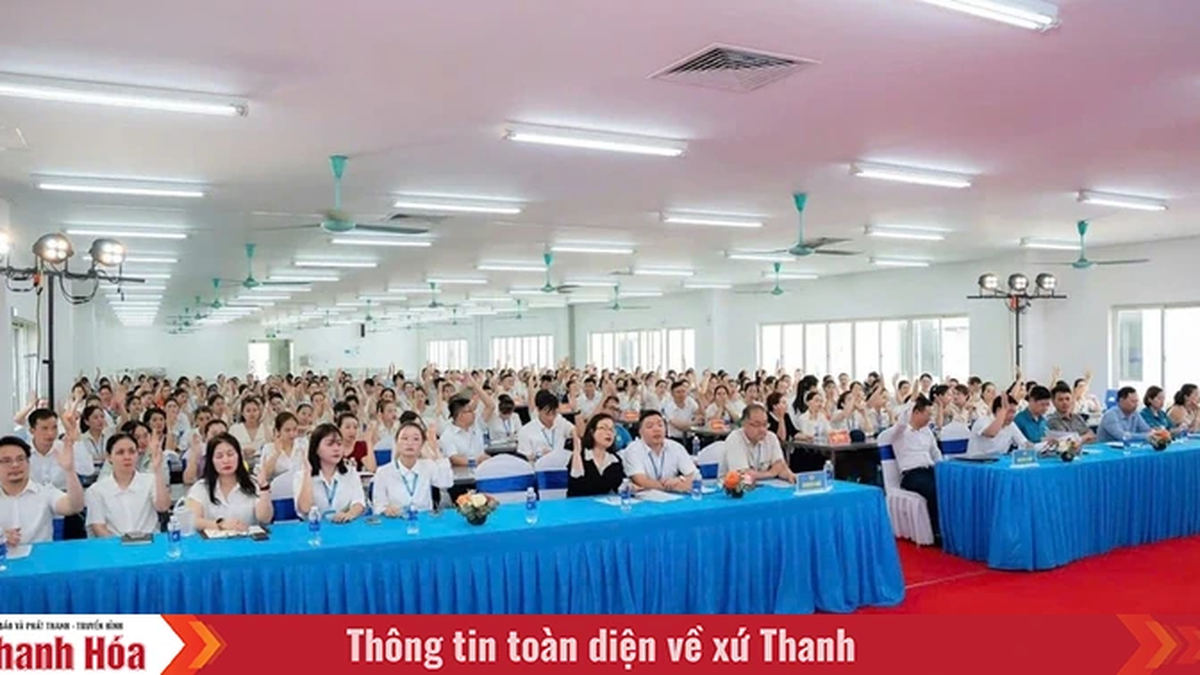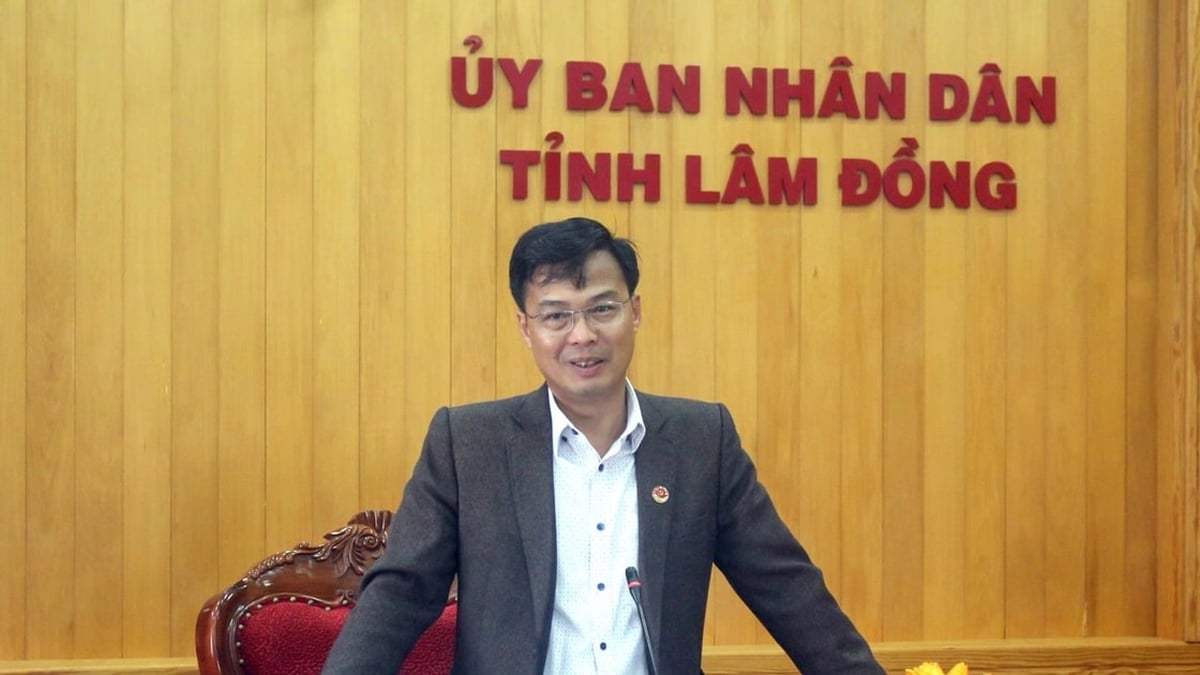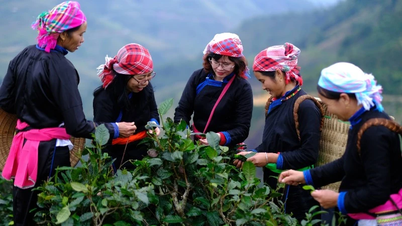For generations, people have been accustomed to building livestock barns near their homes, located right in residential areas, with the purpose of convenient care, preventing livestock theft... Therefore, moving livestock facilities out of residential areas is not simple. However, with the efforts of Dai Tu district and Hung Son town, many livestock facilities have gradually moved away.
 |
| Officials at all levels and relevant sectors inspected the situation of livestock households in Son Ha residential group, Hung Son town. |
In Hung Son town, there are 1,486 livestock households, including 5 small-scale farms, the rest are household farms, with a total herd of nearly 100 buffaloes, over 20 cows, over 500 pigs and over 21,000 poultry.
According to regulations, Hung Son town has 5 residential groups that are not allowed to raise livestock: Market 1, Market 2, Dinh, Tan Son, Son Ha. In 2021, when the locality implemented Resolution No. 12/2020/NQ-HDND dated December 11, 2020 of the Provincial People's Council on regulations on areas within the inner city of cities, towns, townships, and residential areas that are not allowed to raise livestock and poultry, Hung Son town conducted a review of the situation of livestock households in the area. As a result, in these residential groups, there are 46 livestock households, with a total barn area of over 1,150m2, over 600 livestock of all kinds.
Comrade Nguyen Huu Quyet, Secretary of the Town Party Committee, said: Livestock raising households here are not eligible for relocation support, so moving livestock barns out of residential areas is even more difficult. In this situation, the town has stepped up propaganda of the Resolution's content to each livestock raising household; coordinated with the District People's Committee and specialized agencies to organize training, propaganda, and dissemination of regulations on inner-town areas and residential areas where livestock raising is not allowed.
In 2022, the locality organized 1 training course and 5 propaganda sessions in 5 residential groups, with the participation of over 250 people in Hung Son town. At the same time, it organized livestock farming households to sign a commitment to stop raising livestock in the residential groups, with 46/46 households signing.
Along with that, the locality develops plans and solutions to stop livestock farming or relocate from areas where livestock farming is not allowed; establish a team to inspect livestock farming households in areas where livestock farming is not allowed, make records, and remind households to stop livestock farming and relocate livestock farming facilities.
Since then, many livestock farming households in the area have clearly recognized their responsibilities, voluntarily changed their operating models or stopped raising livestock. Ms. Pham Thi Tuyet's family in Cho 1 residential group used to have a mixed livestock farming model, including 3 pigs, 30 chickens and 25 ducks. After a period of propaganda, mobilization, and clear explanation of the harmful effects on the living environment of the residential area, she stopped raising livestock.
Ms. Tuyet said: For many years, my family has maintained livestock farming. After being informed, I realized that livestock farming more or less affects the life of my family, the people around, and spoils the beauty of the neighborhood, so I no longer raise livestock.
In addition to Ms. Tuyet’s family, many local households have sold their livestock, dismantled their barns, and stopped raising livestock. Up to now, in 5 residential groups, there are only 16 households still raising livestock on a household scale, including 3 households raising pigs, a total of 9 pigs, 13 households raising chickens, a total of 44 chickens, and 1 household raising pigeons, a total of 20 pigeons. These households have also signed a commitment to stop raising livestock, or move out of the prohibited livestock raising area as soon as possible.
Source link























































![[Maritime News] Container shipping faces overcapacity that will last until 2028](https://vphoto.vietnam.vn/thumb/402x226/vietnam/resource/IMAGE/2025/7/30/6d35cbc6b0f643fd97f8aa2e9bc87aea)













































Comment (0)